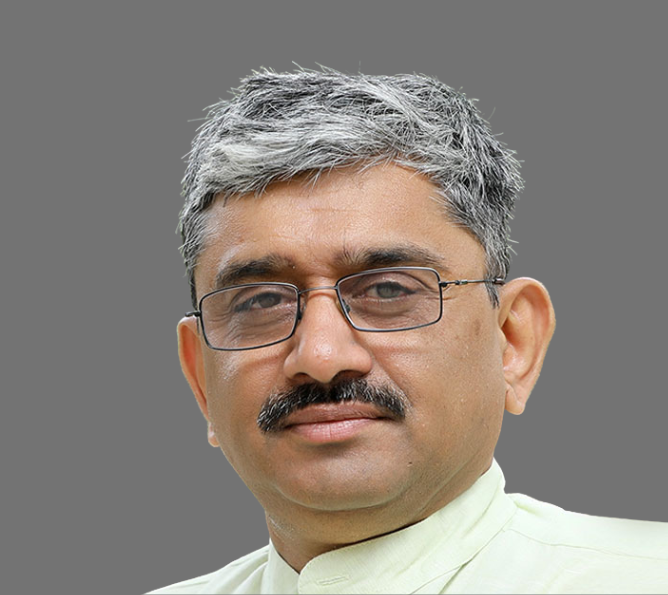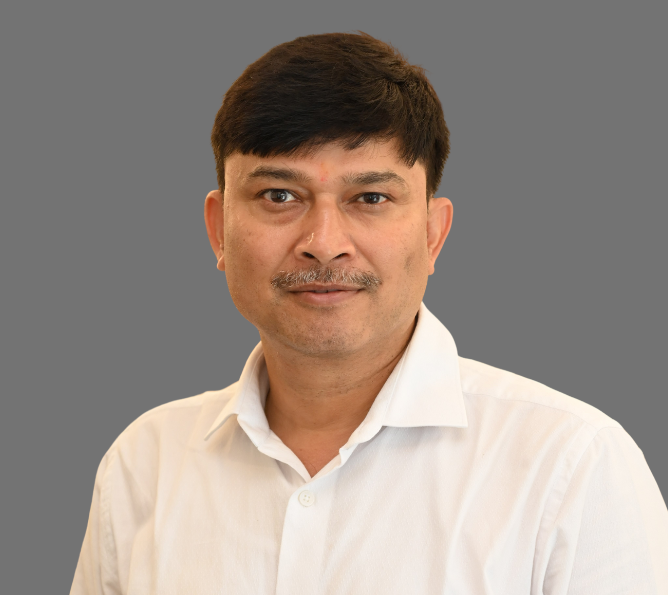In November 2000, Department of Science and Technology, Government of India constituted a task force under the Chairmanship of the Surveyor General of India for evolving a vision for National Spatial Data Infrastructure and for formulating a strategy and an action plan. A vision, strategy and action plan document was consequently prepared and discussed in an International Workshop organized jointly by the Department of Space and Department of Science and Technology and was endorsed by a large number of Ministries and Departments and various other professional organisations.The project aims at making available current and accurate spatial data to contribute to local, state and national development and also to the decision making, economic growth, environmental quality and stability, and social progress.
Project Brief:
NCAER was invited by DST as a nodal agency to publish their metadata and data based on their work. NCAER, India’s largest think tank is recognised for its potential in collecting and generating a large database on the socioeconomic and techno-economic spheres. This non-spatial data will be used in conjunction with spatial information sets to arrive at decisions at the local, regional, state and central levels of planning, to implement action plans, and for infrastructure development, disaster management support and business development, apart from natural resources management, flood mitigation, environmental restoration, land use assessments, and disaster recovery.
As such, NCAER has uploaded metadata of its following projects on the NSDI (National Spatial Data Infrastructure) website:
NCAER’s Project:-
IHDS (India Human Development Survey) – India Human Development Surveys I (2004-5) form part of a collaborative research program between researchers from the National Council of Applied Economic Research and the University of Maryland. The goal of this program is to document changes in the daily lives of Indian households in a society undergoing rapid transition. In documenting the way they live, work, educate their children, care for their aged parents, and deal with ill health, we seek to infuse the development discourse with the experiences of ordinary people. Building on NCAER’s prior work in the 1990s, these surveys provide a rich empirical data base that will be available free of charge to a wide range of researchers in India and abroad, allowing for informed policy debates. The IHDS-I data are available free of charge to researchers worldwide and are being used by about 7,000 users. With an urban and rural sample of over 40,000 households spread across 33 states and union territories of India, the IHDS are the first large scale nationwide panel surveys in India and will serve as a unique public resource.
For more details click here.
REDs (Rural Economic & Demographic Survey) – The main objective of this paper is to estimate the technical, economic and allocative efficiency of Indian agricultural farmers in both cross section and panel years of 1982, 1999 and 2007 using the production and cost frontier model. This has been estimated for crops such as paddy, wheat, serials, pulses, oil seeds and other crops by appropriate seasons and for all across crops. The factors affecting the production efficiencies have been identified. These include household characteristics like age and education level of the households, land characteristics like land reforms, land size, land fragmentation and share of modern area to total village area, infrastructure variables like distance to pucca roads and wholesale markets, proportion of irrigated area covered by canals, tanks and wells, government agricultural prices to market prices, government agriculture extension services, rainfalls and governance variables like participation in gram sabha meetings, agricultural expenditure by local government and women reservations. These factors assist in further identifying the policy and investment priorities that will accelerate sustainable agricultural productivity and efficiencies.
For more details click here.
Third Handloom Census Handloom Census of India 2009-10 – The objective of the Handloom Census is to build a reliable database of the handloom sector in order to understand the differential impact of policies by planners and policy-makers on the handloom sector. The first two rounds of the census in 1987-88 and 1995 were conducted by the government with NCAER serving as the nodal consultant in 1995. NCAER was responsible for conducting the third round in 2009 with coverage extending to the entire country. Broadly, the census was to provide a socio-economic profile of households involved in the sector.
For more details click here.
Impact and Sustainability of SHG Bank Linkage Programme – Participation of Self Help Group (SHG) Bank with the socio-economic conditions of the individuals members, empowering women members to contribute their role with self-confidence and positive behaviour. Also, to assess the impact of SBLP at two levels. First, the impact of microfinance on SHGs and second, the socio-economic impact on the members of the SHGs and the households to which the SHG members belong is to be assessed.
For more details click here.








